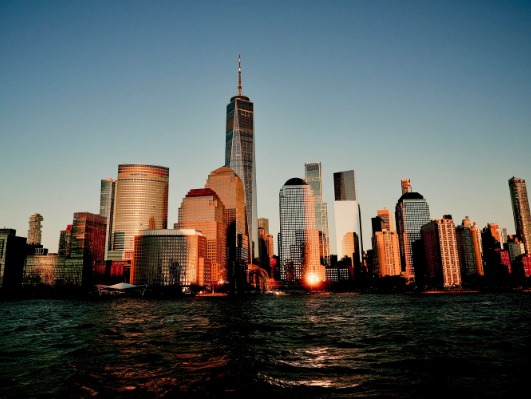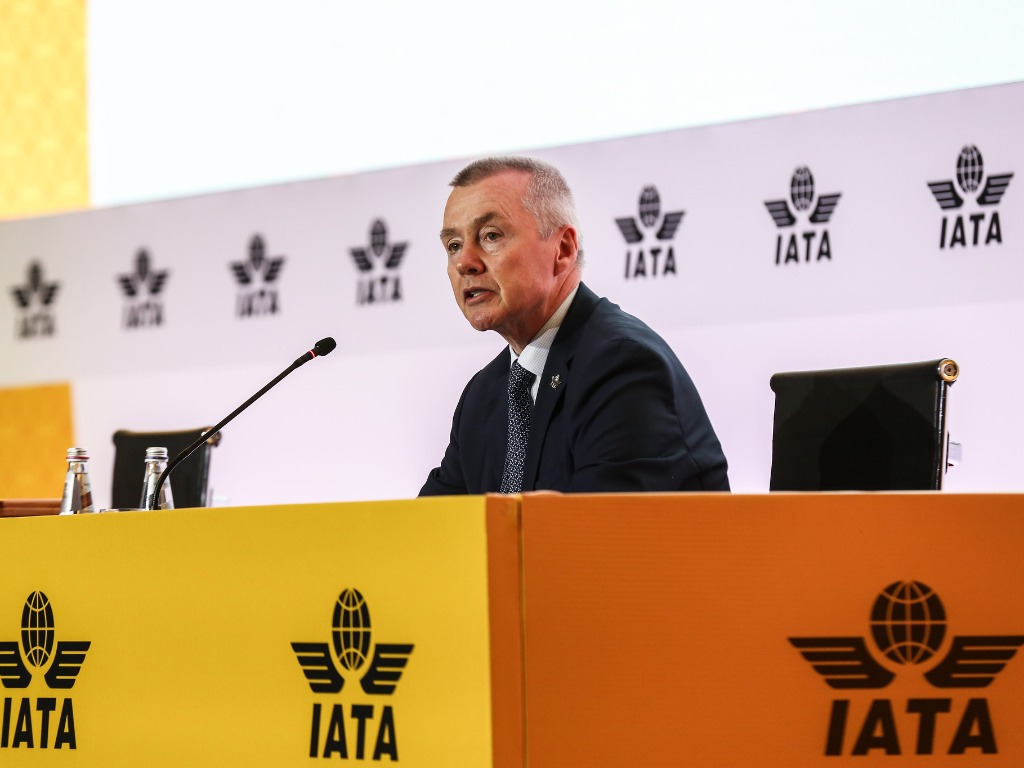Driving The Market

According to the latest survey of hotels by Hogg Robinson Group (HRG), hotel room rate rises around the world are being led by “supercities” rather than national trends. The survey notes that historically, where average room rates (ARR) have tended to be affected on a national basis, this is no longer the case, with individual “supercities” — destinations popular for both business and leisure visitors — becoming bigger players in a shrinking world.
According to HRG, room rates in the top 55 global cities showed mixed results, with 26 moving up the rankings, 25 down and four remaining the same. Despite this, 23 of those top 55 cities have experienced a drop in their average room rate since the last survey.
HRG’s group commercial director, Stewart Harvey said that: “In our study last year we made reference to “supercities” which had begun to buck certain national trends and forge their own path. We’ve seen this trend continuing to grow, with cities such as Barcelona and Beijing — where exchange rates may not necessarily be working in their favour — retaining strong positive growth, despite external factors, as their popularity as both business and leisure destinations goes from strength to strength.”
The study also discovered that:
- Moscow retains its top ranking spot as most expensive for the tenth consecutive year, despite a slight rate ARR decline (0.78%) year on year.
- Rate increase for the hotel industry generally remains slow but steady, with Europe and the Americas leading the way.
- Financial capitals have seen stronger increases as the banking sector regains its footing.
- Though Africa and Asia showed a slight overall decline in average room rates, certain individual cities maintained growth in each case.
- Significant rises were attributable to exchange rate variations rather than real growth in certain cities, including Cape Town and Tokyo, and in some popular destinations, declines in average rate were attributable to increases in bed stock, offering good news for travellers.
As HRG’s Harvey sees it: “The hotel industry has unique characteristics; it is possible to see where people are travelling, and where the availability and supply of hotel accommodation is able to match customer demand, in each city. The global industry has always been at the forefront of dynamic pricing with rates constantly adjusted to demand. This is never more apparent than in today’s evolving market, where the need for the right hotel, in the right location, at the right price, remains the primary objective for all corporate clients.”
And he concluded: “The balance between price, location, quality and availability will continue to drive the market during 2014. This reflects the continued need for a well managed corporate hotel program which has a core or negotiated rates, and is able to flex and adapt to the ever changing market conditions.”
HRG’s bi-annual hotel survey is now in its 21st year and looks at hotel room rates for key business destinations across the world to provide insight into global business travel behaviours.
For more, go to http://www.hrgworldwide.com/Pages/default.aspx .


